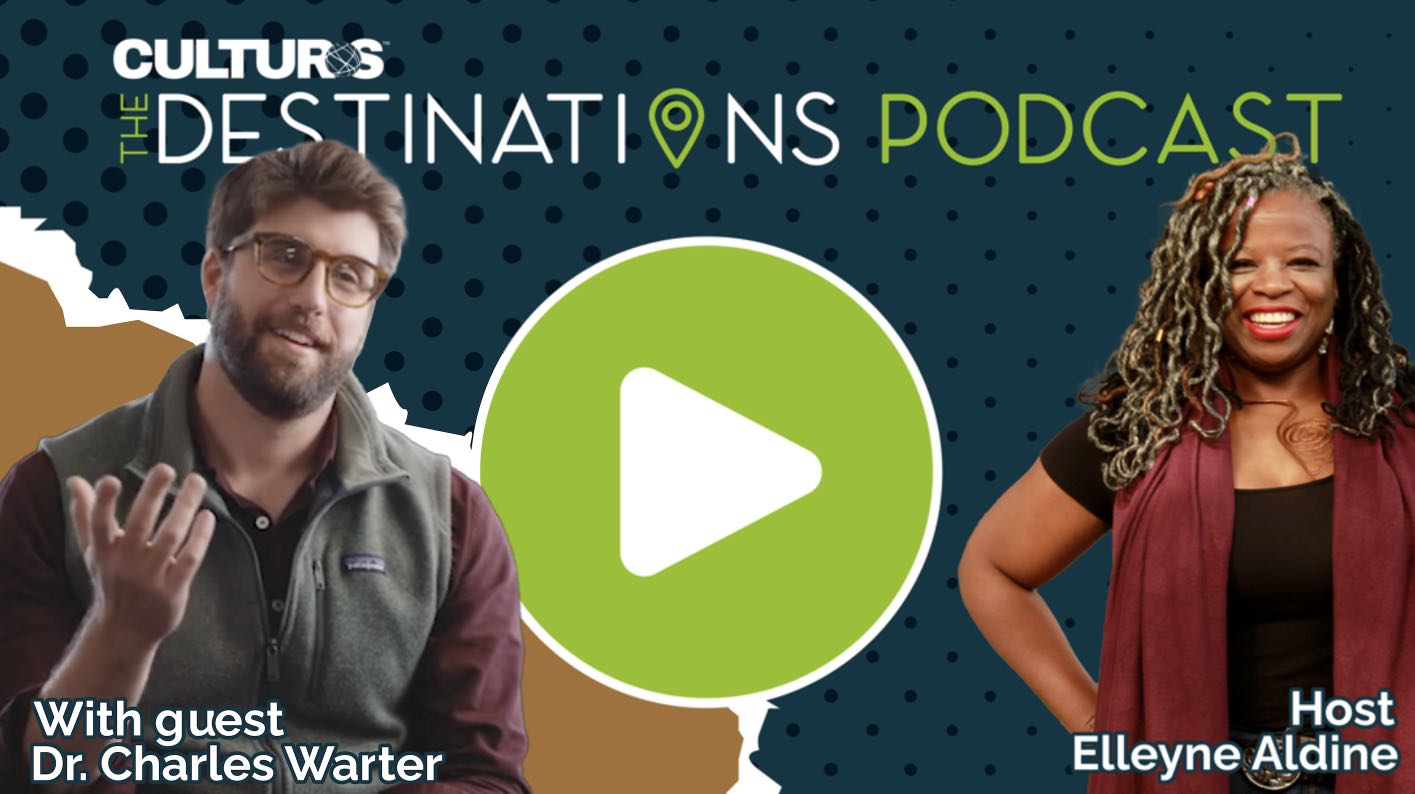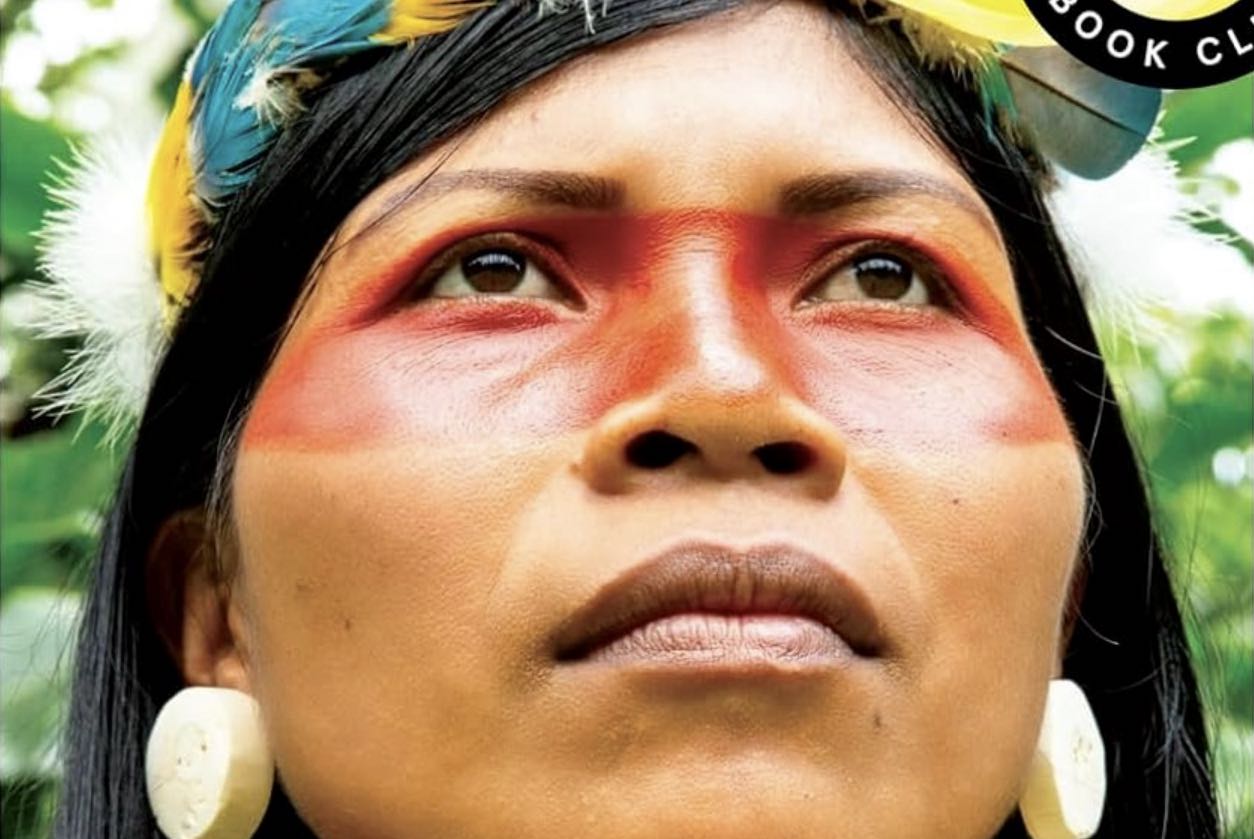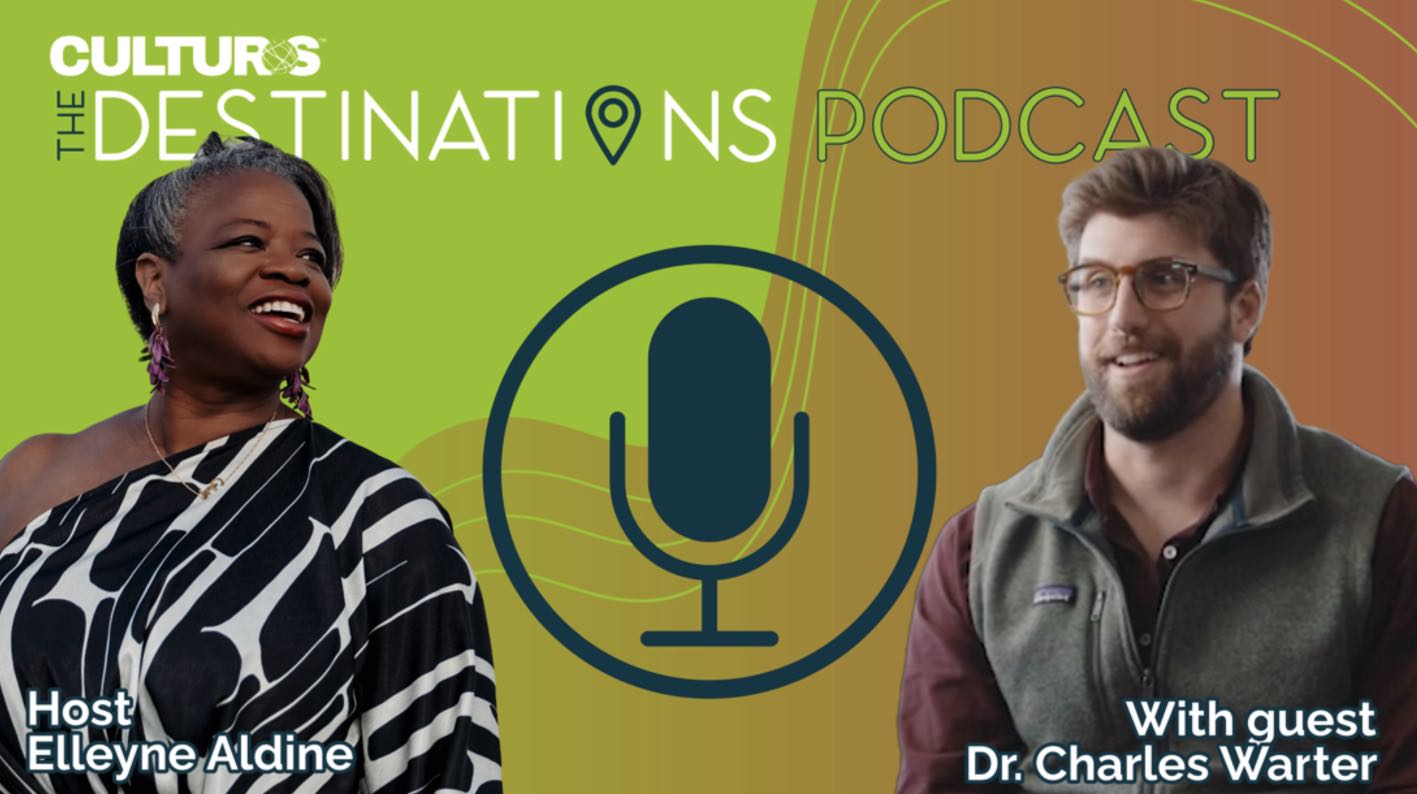The highly anticipated film, “Killers of the Flower Moon,” will be released in October. Directed by Oscar winner Martin Scorsese, the film recounts the brutal killings of members of the Osage, whose oil-rich lands in Oklahoma White settlers wanted to take during the 1920s.
During a Cannes Film Festival news conference in the spring, Lily Gladstone, who stars in the film, gave a moving description about why the tragic story demands to be told. Leonardo DiCaprio, Robert De Niro, Scorsese and Chief Standing Bear, Principal Chief of the Osage Nation also participated.

‘ARTISTIC SOULS’
“Native peoples are used to having anthropologists come in curious about everything that we do,” says Gladstone. She is of Siksikaitsitapi and NiMíiPuu heritage.
“These artistic souls on this stage here cared about telling a story that pierces the veil of what society tells us we’re supposed to care about and not. … Who else is going to challenge people to challenge their own complicity and White supremacy and such a platform except for this man here?
“Other artists are doing that work. People listen to what this one [Martin Scorsese] says. … We’re speaking of the 1920s Osage community, we’re talking about Black Wall Street in Tulsa, we’re talking about a lot in our film, and why the hell does the world not know about these things? Our communities always have. It’s so central to everything about how we understand our place in the world.”

The full news conference is on YouTube.
LANGUAGE
According to the Osage Nation website, the language on the film is taught by Osage Nation Language Teachers. Additionally, Osage artists made the Wahzhazhe clothing and the film’s landscape features the Osage Nation.
The nation also seeks “federal legislation to permit non-Osages who own a ‘headright’ interest in the Osage Mineral Estate to gift or sell those headright interests back to the Osage Minerals Council, the Osage Nation, or Osage individuals,” the site says.
David Grann’s bestselling book “The Killers of the Flower Moon: The Osage Murders and the Birth of the FBI” inspired the movie. The book was a National Book Award Finalist in 2017.
Linda Hogan, a Chickasaw author, preceded Grann’s book with a related fiction work, “Mean Spirit,” in 1991. “Mean Spirit” earned a Pulitzer Prize nomination in 1991.
The murders of the Osage also featured in the 1959 film “The FBI Story,” starring James Stewart.
















